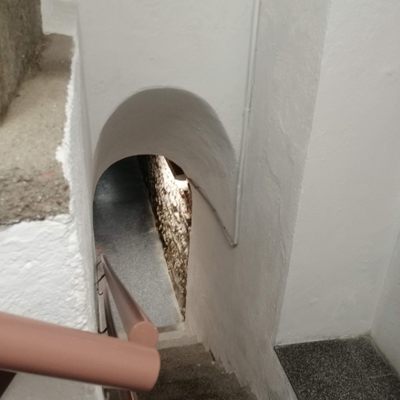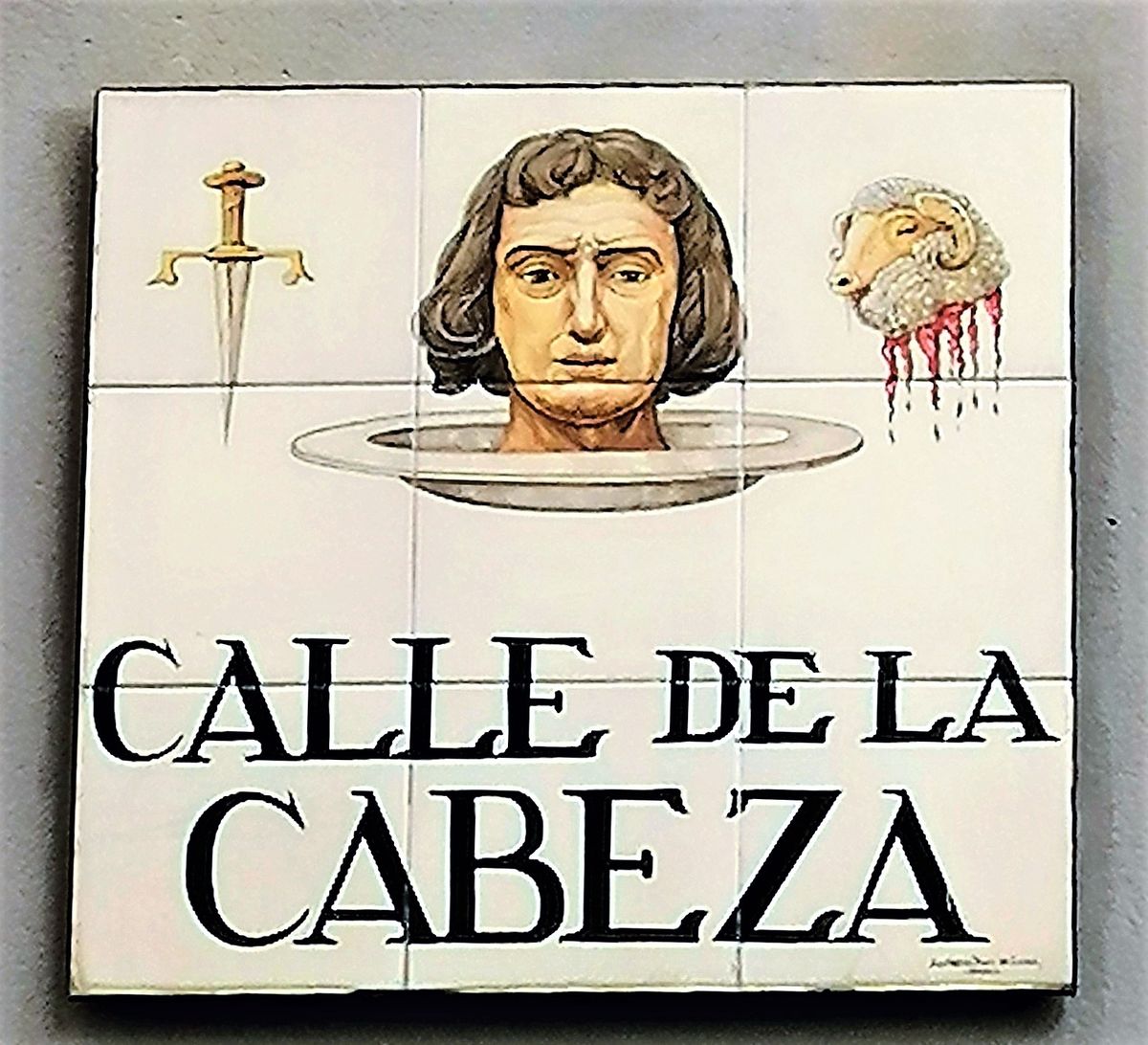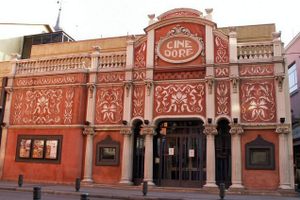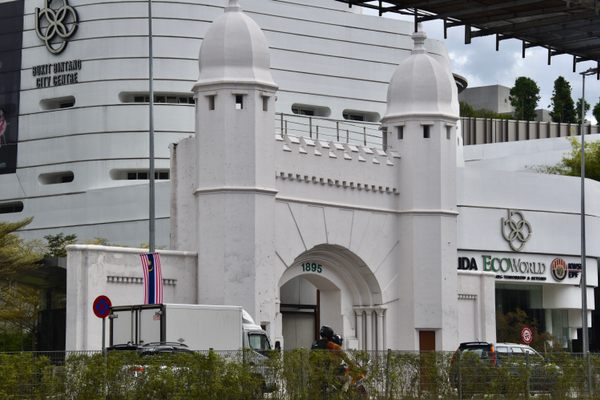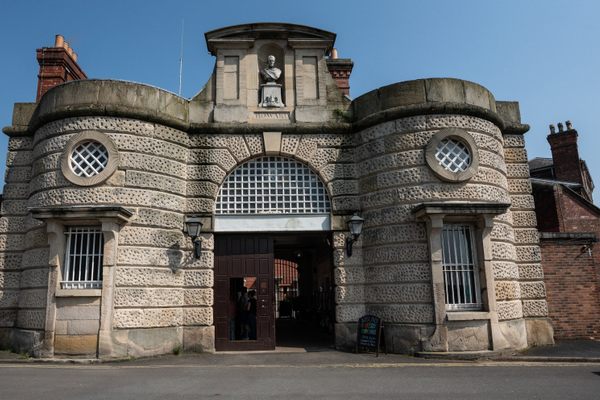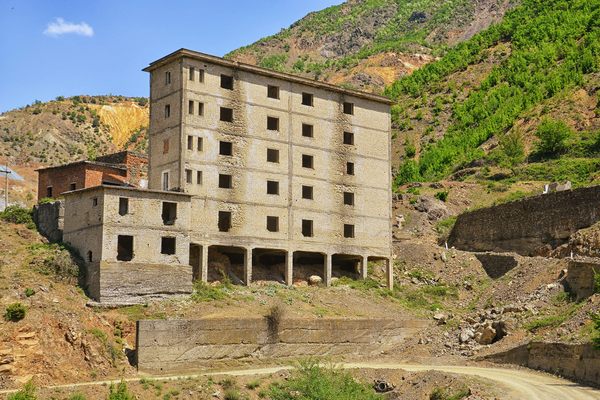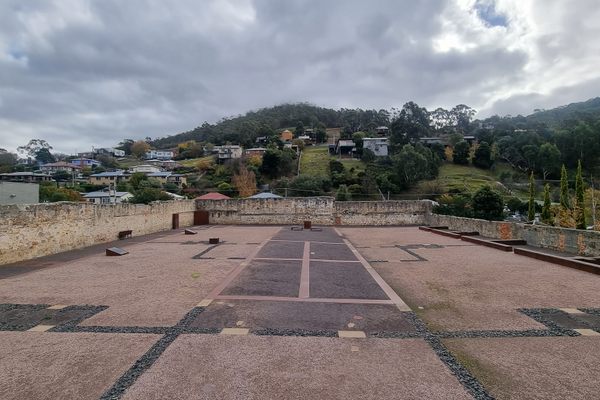About
In Lavapies, maybe the purest and typical Madrilenian-style neighborhood, there's an inconspicuous 17th-century house built then on the outskirts of the city. The rooms are distributed around a traditional Castilian patio and the building is held up by wood beams. Currently, the space is used as a senior center, but under the courtyard, there is a cellar. Only a few people know how was the initial use of this basement.
The initial purpose of this prison was to accommodate clergy members who had committed civil crimes. Later, the dungeons also were used by the Spanish Inquisition. The structure of the cellar is made of brick and flint and the basement can be reached by a narrow staircase. A vaulted gallery gives access to five dungeons which are, in turn, connected to each other by small windows that allow communication and ventilation. The jail also was used by the Holy Office until it was abolished at the beginning of the 19th century.
With the reign of Isabel II, the property fell out of use as a prison and was subsequently a stable, garage, and tavern until 2005, when it was acquired by the Madrid City Council. After a renovation in 2011, the space was given a new use as a center day for seniors. The cellar's original appearance has been largely preserved, but the wooden doors and the shackles attached to the wall that held the prisoners were removed.
The house is located on Calle de la Cabeza (Head Street), which itself has a curious origin. There is a local legend that a rich priest once lived on this street. He was murdered by one of his servants, who beheaded the priest then fled to Portugal. The crime was forgotten and the servant eventually returned to Madrid. One day he bought a ram's head at the market and carried it home under his cloak. A sheriff noted a trail of blood and asked the servant to show what he was carrying. When he opened his coat, the sheriff saw the head of the servant's former master. The servant was condemned to death, and after he was execution the head turned into a ram's head once more.
Related Tags
Know Before You Go
Even located in a day centre for elder people, admission is very easy. All you need is ask for the visit and the janitor will facilitate a form where you will write your name and date, then a janito will open the door of the old jail.
The nearest tube station is Lavapies in Line 3.
Published
October 6, 2023





